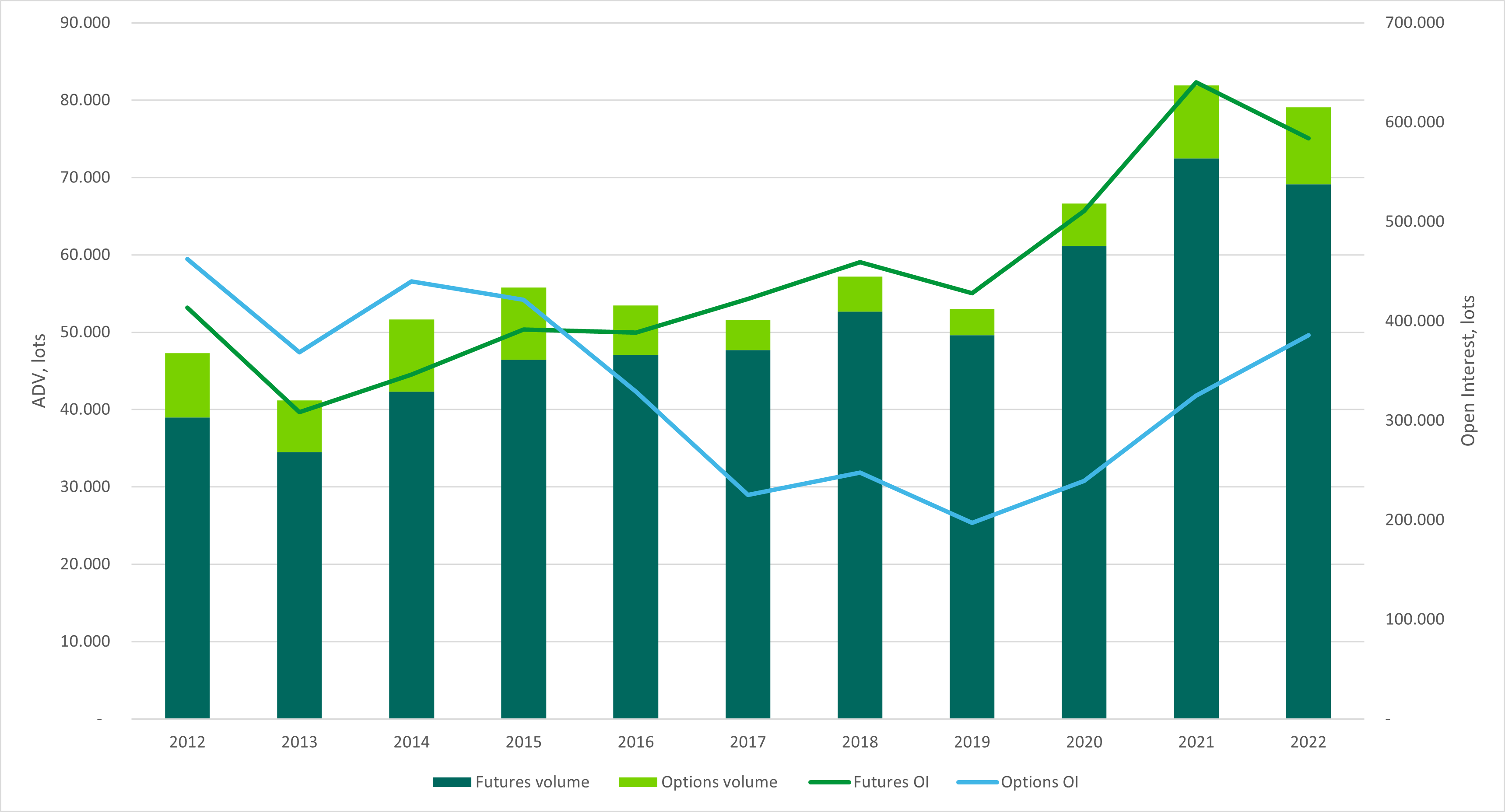Euronext’s upgraded SBTi-aligned climate targets were validated by the Science-Based Targets initiative:
- By 2030, Euronext will reduce its Scope 1 and Scope 2 market-based greenhouse gas emissions by 73.5% compared to 2020; (Up from 70% previously announced in June 2022)
- By 2030, Euronext will reduce its Scope 3 business travel emissions by at least 46.2% compared to 2019;
- By 2027, Euronext suppliers, representing 72% of Euronext’s greenhouse gas emissions derived from purchased goods and services, must set targets on their Scope 1 and Scope 2 emissions. (Up from 67% previously announced in June 2022)
How we will achieve it
Scope 1 | Consolidation and energy efficiency upgrades in the building portfolio, energy efficiency investments, de-commissioning of gas-fired boilers and de-commissioning of vehicle fleet
Scope 2 | Moving office space and data centres to renewable energy, including through the move of Euronext’s Core Data Centre
Scope 3 | Implementation of sustainable travel programme
Supplier engagement | Direct engagement and new supplier onboarding platform, which will support the ‘Euronext Supplier Code of Conduct’, including provisions regarding environmental protection, human rights, diversity and inclusion.

